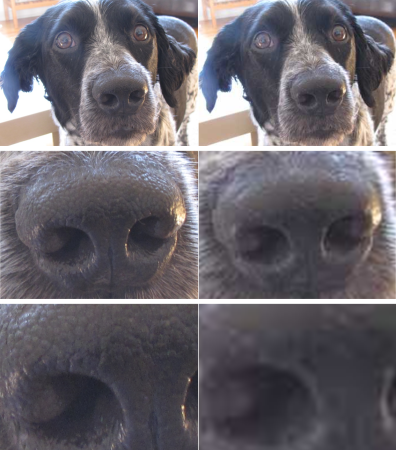
Tag: electrons

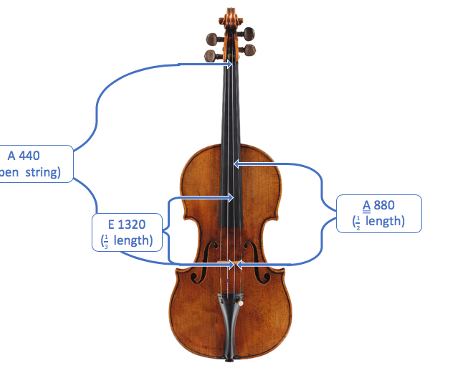
Molecular music: Patterns of vibrations at the quantum level

Are transistors getting too small? (How small is too small?)
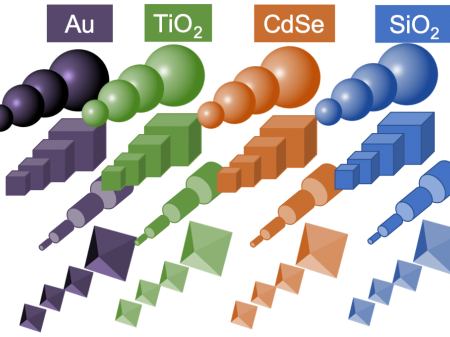
Celebrating the 150th Anniversary of the Periodic Table: Nano-Style!

How does nanoscale chemistry make fireflies glow brightly?
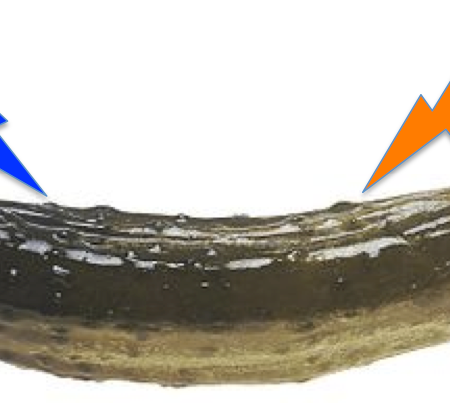
Electrocuting a Pickle: Demonstrating Major Concepts in Science
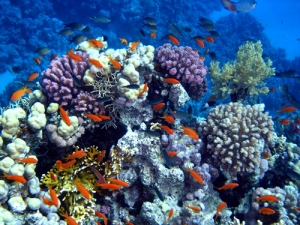
Our Hidden Bacterial Friends Keep Us All Alive – Shewanella oneidensis
